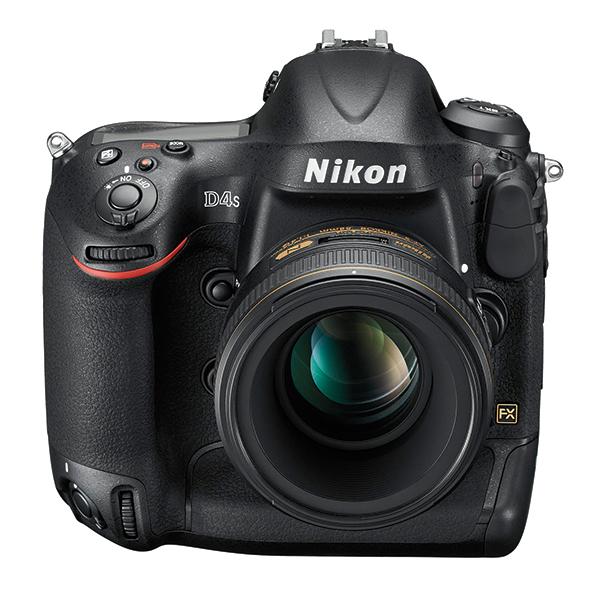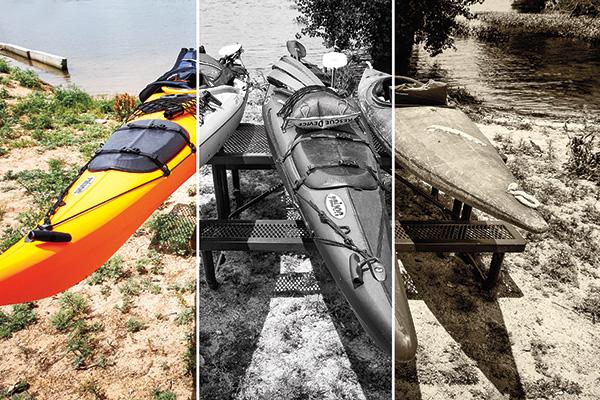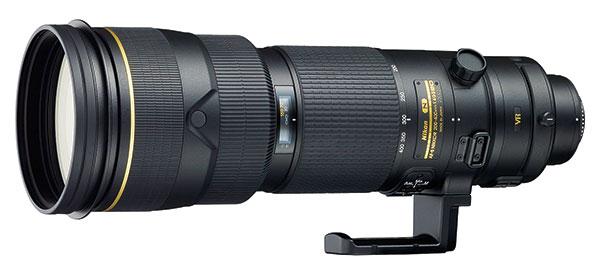Geared Up
Sort By: Post Date TitlePublish Date
|
Dec 22, 2015
|
Dec 08, 2015
|
Nov 06, 2015
|
Oct 06, 2015
|
Oct 02, 2015
|
Sep 01, 2015
|
Jul 31, 2015
|
Jun 26, 2015
|
May 19, 2015
Pages
- « first
- ‹ previous
- 1
- 2
- 3











